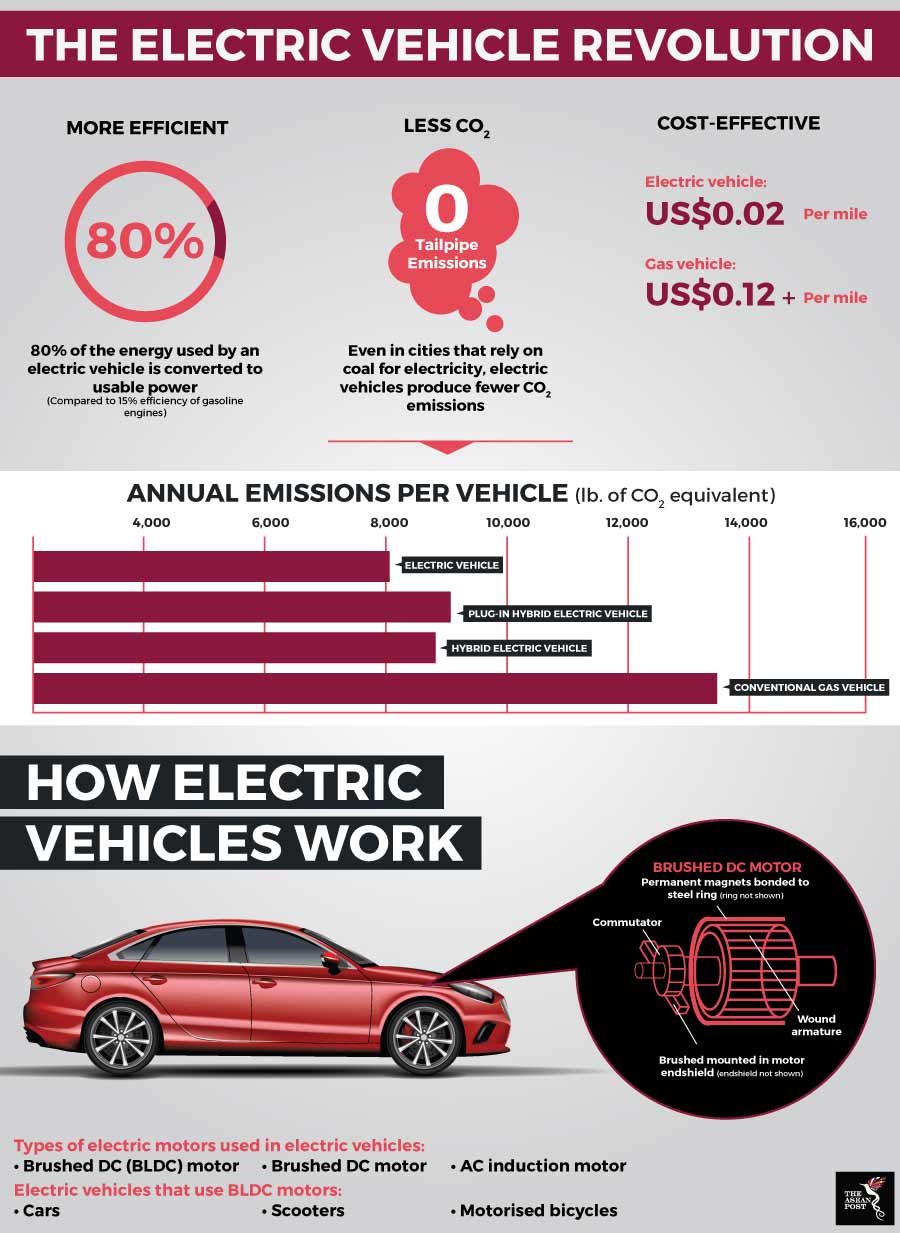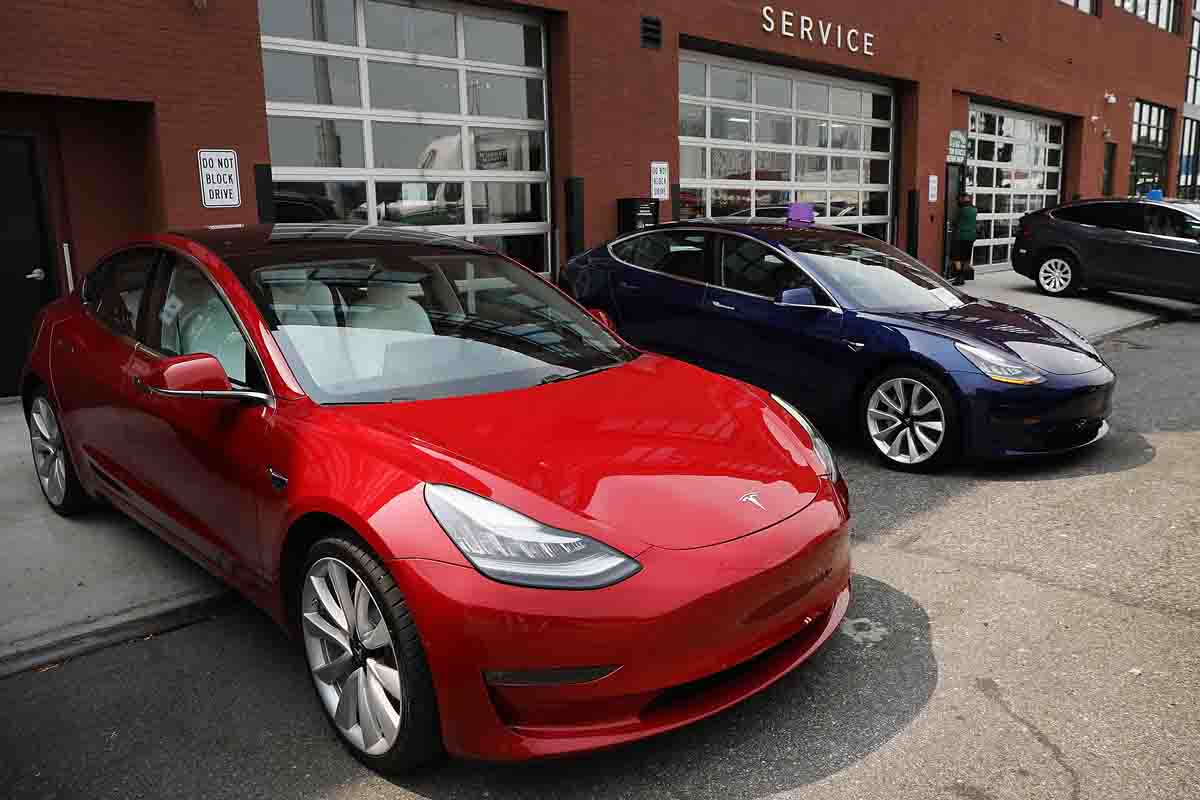The first image that usually springs to mind when someone mentions any Southeast Asian capital is that of congested roads filled with honking cars and motorcycles. Congested roads have become synonymous with Southeast Asia, and that is not going to change anytime soon.
According to the latest data, vehicle sales in Southeast Asia is set to outpace all other regions in the world. In 2017, aggregate new car sales in Singapore, Indonesia, Malaysia, Thailand, Vietnam and the Philippines rose five percent to nearly 3.4 million units. Aside from that, it is estimated that vehicle ownership across the region will grow by more than 40 percent by 2040.
The region has a particularly high car ownership rate compared to other parts of the world. It is not uncommon to have more than one car per household in countries like Thailand, Malaysia and Indonesia. In Vietnam, motorcycles are the vehicle of choice. The Vietnam Investment Review highlighted last year that Hanoi has an average growth rate of 10 percent and it is projected that by 2025, Hanoi alone will have 11 million motorcycles on its streets.
As vehicle sales are expected to rise across the region, concerns over the environment have been raised. Since most vehicles in the region run on gasoline or diesel, they contribute significantly to the worsening air pollution in Southeast Asian cities. For example, increasing car ownership in Jakarta has worsened air quality there. Despite phasing out leaded gasoline 10 years ago, Jakarta’s air quality hasn’t improved by much. A study by the Faculty of Public Health University of Indonesia found that 58 percent of all illnesses among people living in the city were related to air pollution. With demand for automobiles increasing, this could get worse.
Electric vehicles (EVs) could however change all that. EVs, including hybrid electric cars can drastically reduce carbon emissions released into the environment. Compared to conventional cars that release unhealthy amounts of carbon dioxide, carbon monoxides and nitrogen oxides into the environment, battery-electric cars effectively produce zero-emissions from their tailpipes.
 Source: Various
Source: Various
In a study commissioned by Nissan and carried out by research firm Frost & Sullivan, it was revealed that a third of Southeast Asian consumers are open to buying an electric car. Titled “Future of Electric Vehicles in Southeast Asia”, the study found that consumers in the Philippines, Thailand and Indonesia as the most enthusiastic about the future of EVs.
Awareness over the environment and the rising middle class in the region has already boosted EV sales in some countries. In Malaysia, Energy Efficient Vehicles (EEV) – which includes EVs – penetration surpassed its 2018 target, reaching 62 percent. For 2019, the Malaysia Automotive, Robotics and IoT Institute (MARii) has set an ambitious target of 70 percent penetration for EEVs in the country. Following these trends, it is also expected that Malaysia’s third national car – currently under development – will be an electric car.
In Vietnam, Vinfast, the country’s first national automotive manufacturer jumped onto the bandwagon last year with a line of electric scooters. The company is expected to also manufacture electric cars.
The Electric Vehicle Association of the Philippines (EVAP) set a target in 2014 to have one million electric vehicles on Philippine roads by 2020. The association is also working with the government to develop an Electric Vehicle Roadmap.
The Philippine Department of Energy (DOE) has also collaborated with the Asian Development Bank (ADB) to introduce electric tricycles (e-trikes) powered by lithium-ion battery technology. The initiative aims to reduce the transportation sector’s annual petroleum consumption by 2.8 percent and cut carbon dioxide emissions estimated at 259,008 tons annually by shifting to 100,000 e-trikes.
Singapore has long flirted with the idea of electric buses. In October last year, the island state’s Land Transport Authority (LTA) awarded tenders to three firms for 60 electric buses, in a move to make its public transportation more environmentally friendly. It may not be too long until all its buses go completely electric.
With such rapid development and policy focus on electric mobility, EVs could well be the future of transportation in the region. As investments and demand in this area grow, coupled with comprehensive government policies in place, maybe we will see traffic jams lined with EVs instead of gas guzzling cars.
Related articles:
A sustainable transportation policy for ASEAN
Vinfast to stir up Vietnam’s automotive market
